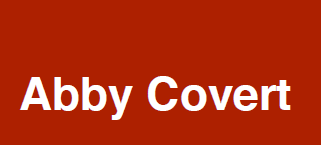Practicing Information Architecture
What is IA?
Information architecture is the way we arrange pieces of content to make sense when experienced as a whole. By this definition: there is information architecture in everything. Mindblown? Take a second, I can wait.
Ok, so, information architects help teams decide how to arrange things, what to call things and how to make sure that users understand the ways they arrange and label those things. Sounds simple, right? Well, it would be, except—words are hard and people are well, complex.
What does an IA actually do?
In the nuttiest of shells, I connect dots. I help teams to continually work towards clarity. When we encounter inevitable darkness, I try to light the way. I find that clarity (especially when working with teams) comes in bursts, then waves, until suddenly there is a time you can only remember the light of clarity and darkness is no longer conceivable.
This might all seem too poetic for an information job—but in all seriousness, taking people on the journey towards clarity is a huge part of the job I do. I take a lot of responsibility for keeping teams moving forward while also feeling safe to proceed.
Case Studies
Information architecture work can be hard to grasp without concrete examples. I have chosen a few case studies from my portfolio to show the power of information architecture process through a set of diverse contexts.
Nike Digital Sales Process
IA for Business Process
Hanna Andersson
IA for eCommerce
IHOP Menu System
IA for Restaurant Menu Systems
Messes I have helped make sense of:
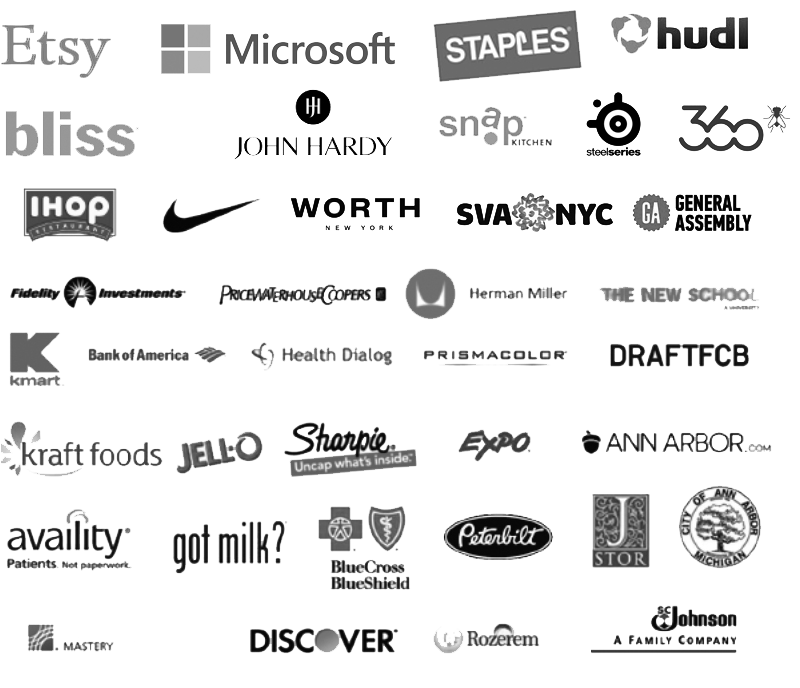
Information Architecture Tools
The following are the tools I have developed for others to use as they pursue learning how to practice information architecture. Many of these started as worksheets in How to Make Sense of Any Mess, my book about information architecture for everybody.
All of the tools below are either free or available at an accessible price-point via education platforms or my Etsy Shop.
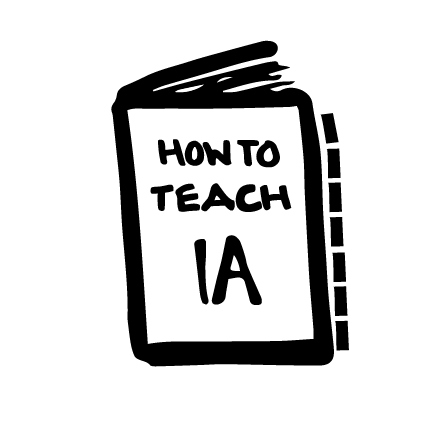
Teacher’s Guide to Information Architecture
A guide to using information architecture lessons and concepts as part of an existing curriculum in related subjects and specialties.
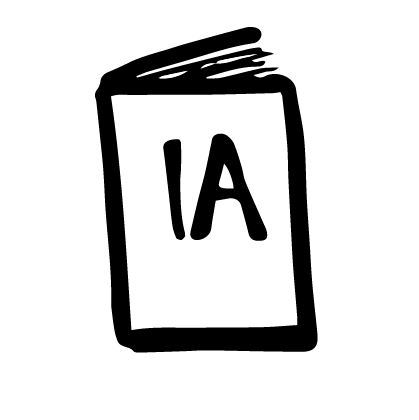
IA Practitioners Book Club
A seven week book club reading and building on How to Make Sense of Any Mess, with a monthly opportunity to ask me questions live on Zoom
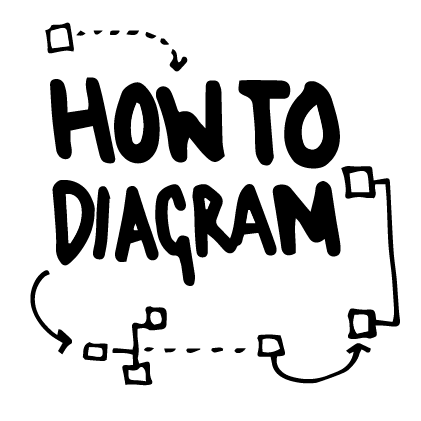
Diagramming Video eCourse
A deep dive into the purpose, process and craft of diagramming. This video eCourse is meant for beginners but helpful to all levels of diagrammatic experience.
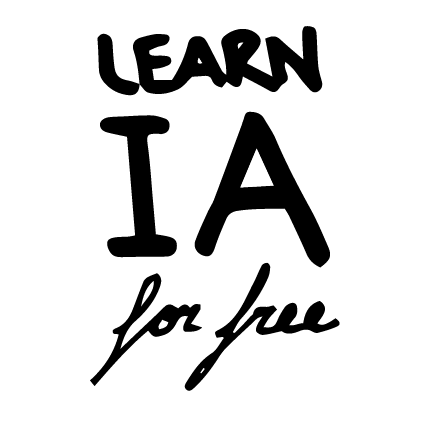
Free IA Course
I wrote this 30 minute free course called “Information Architecture for Everybody” to provide a plain language, wider view of what information architecture looks like and how it impacts businesses everyday.
Diagrammatic Technique & Critique
Do your diagrams suck? Here are two easy to use tools that I designed to help my students make better diagrams and maps.
Control Your Vocabulary
Words are the common material we use when working with others. This exercise involves deciding the words you do and do NOT use as a team or in a specific context.
